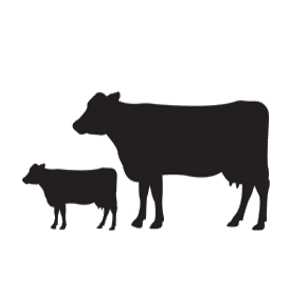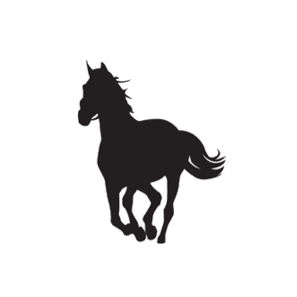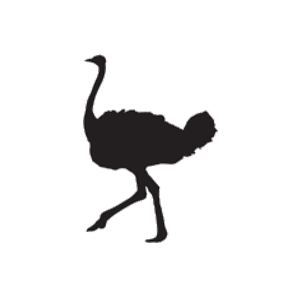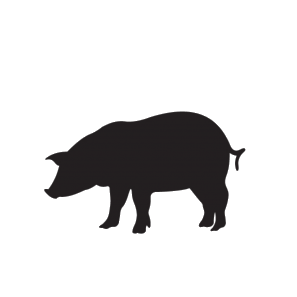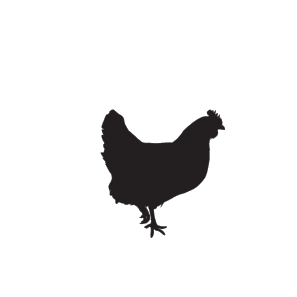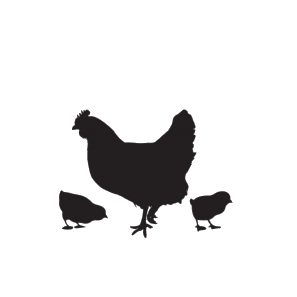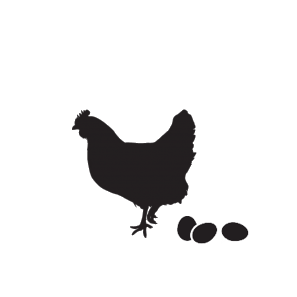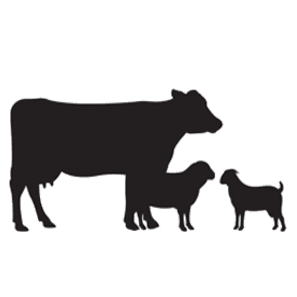Most herbivorous game, that is animals that eat and live off only plant matter, have no need for external supplementation if they are allowed to roam free and graze enough to be able to meet their nutritional requirements. In the case of game animals, however, these animals may be confined to a specific area and be unable to receive all the nutrients that they need. If they are unable to meet these requirements, it could lead to nutritional deficiencies and conditions.
Game species have different grazing characteristics that depend on their nutritional requirements.
Grazers: These herbivores have large, roomy stomachs and tend to eat a large amount of lower quality forage, and do not display a high level of selection. These animals are also known as bulk eaters.
Examples: Reedbuck; Sable; Roan; Blue Wildebeest
Check out Epol’s balanced feed for grazers here.
Browsers: These herbivores have small stomachs and tend to eat enough to halfway fill their stomachs. They display a high level of feed selection and tend to select high quality forages like flowers and fruits.
Examples: Greater Kudu, Bushbuck; Grysbok; Duiker
Check out Epol’s balanced feed for browsers here.
Mixed feeders: These animals have characteristics of both browsers and grazers and will graze and browse depending on the time of the year, as well as the food source that is readily available to them.
Examples: Eland; Impala
Check out Epol’s balanced feed for mixed feeders here.




